
AllQuestion and Answers: Page 1051
Question Number 114330 Answers: 2 Comments: 1
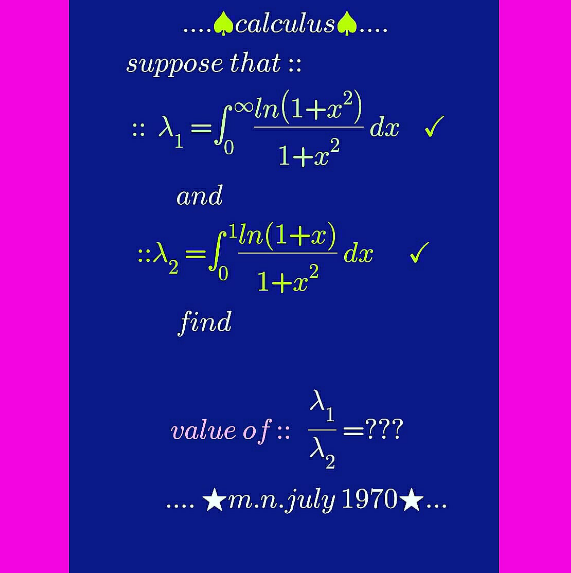
Question Number 114326 Answers: 4 Comments: 2
Question Number 114320 Answers: 0 Comments: 0

Question Number 114313 Answers: 0 Comments: 1
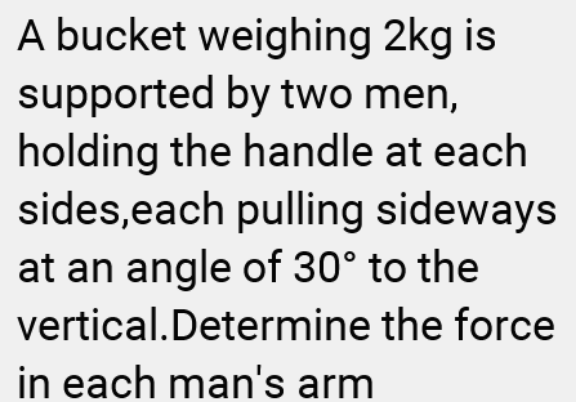
Question Number 114302 Answers: 6 Comments: 2
Question Number 114299 Answers: 2 Comments: 1
Question Number 114295 Answers: 1 Comments: 0

Question Number 114294 Answers: 0 Comments: 1

Question Number 114290 Answers: 1 Comments: 0
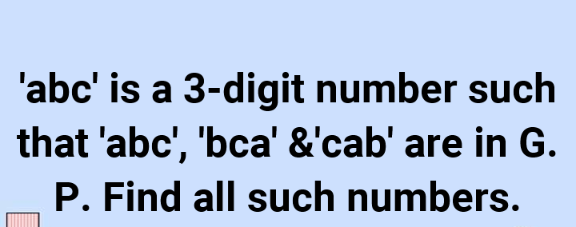
Question Number 114288 Answers: 0 Comments: 1
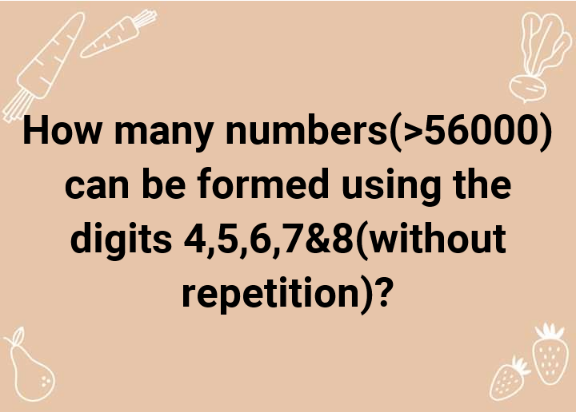
Question Number 114304 Answers: 0 Comments: 6
Question Number 114263 Answers: 2 Comments: 0
Question Number 114259 Answers: 3 Comments: 0
Question Number 114239 Answers: 2 Comments: 1
Question Number 114272 Answers: 3 Comments: 3
Question Number 114236 Answers: 2 Comments: 0
Question Number 114235 Answers: 2 Comments: 0
Question Number 114233 Answers: 1 Comments: 0
Question Number 114223 Answers: 1 Comments: 0

Question Number 114219 Answers: 0 Comments: 0
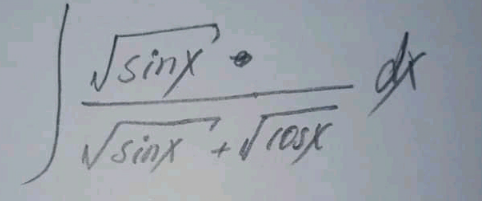
Question Number 114212 Answers: 1 Comments: 0

Question Number 114208 Answers: 0 Comments: 18
Question Number 114202 Answers: 0 Comments: 1
$${pls}\:{suggest}\:{to}\:{me}\:{a}\:{meaningful}\:{nickname}\:{in} \\ $$$${physics}. \\ $$
Question Number 114201 Answers: 1 Comments: 3
Question Number 114225 Answers: 1 Comments: 0
$${y}^{''} −\mathrm{3}{y}^{'} +\mathrm{2}{y}={xsin}\left({x}\right) \\ $$
Question Number 114196 Answers: 1 Comments: 1
Pg 1046 Pg 1047 Pg 1048 Pg 1049 Pg 1050 Pg 1051 Pg 1052 Pg 1053 Pg 1054 Pg 1055
